Dragons
When most people think about dragons, they probably imagine the 20th century version created by western world artists: giant, fire-blazing, smoke-spewing, 4-legged and winged creatures with claws and scales. And while today we know that dragons aren’t real animals, in ancient times, dragons were believed to roam the earth, right alongside humans! Let’s learn about a few of the different types of dragons.
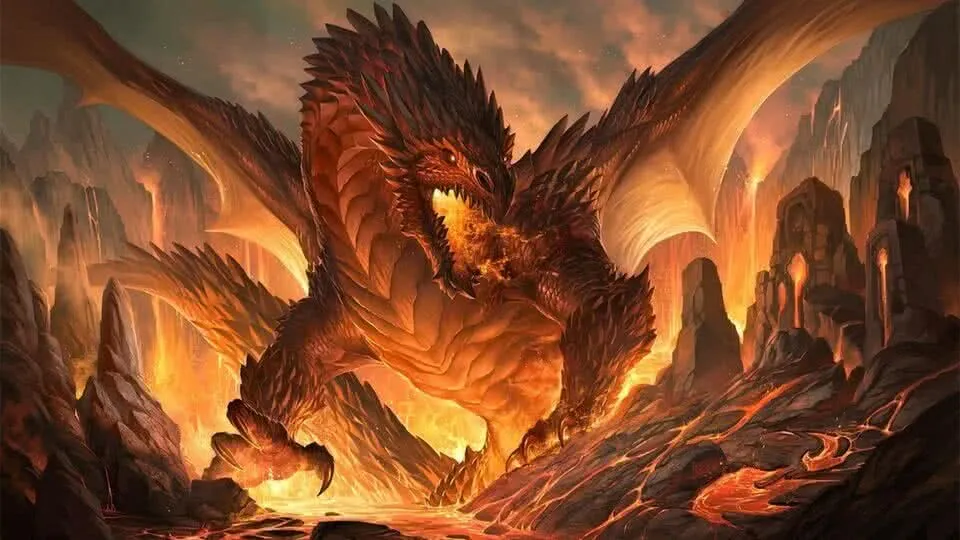
Want to make a beautiful clay artwork of a dragon eye? Check out our art box:
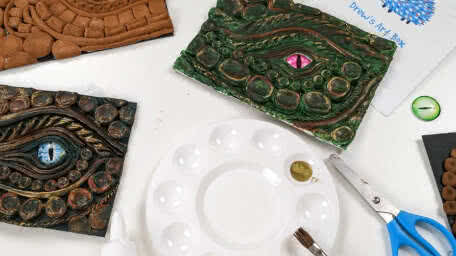
Serpent dragons
While our modern day dragons have 4 limbs and 2 wings, not all dragons are 4-legged. For instance, serpent dragons, possibly inspired by large serpents, are wingless and legless with horned heads, long jaws, crocodile-like heads and snake-like bodies. In stories, they’re often found in lakes, rivers and other bodies of water.

The story of the Curse of the Lambton Worm is a well-known 13th century English folklore featuring a serpent dragon. The story is about a young heir that goes fishing and catches a serpent. Unsure of what to do, he throws the worm-like creature into a well and over time, the creature grows to an enormous size and terrorizes the neighboring town.

Semi-dragons
Semi-dragons share traits commonly attributed to today’s 4-legged, 2-winged dragons, but are not fully realized dragons themselves. A few types of semi-dragons include lindworms, wyverns, amphipteres and drakes. Lindworms are extremely long and sport a pair of small legs (or sometimes wings, depending on the territory), while wyverns have 2 back legs and a pair of wings. Amphipteres have wings and no limbs, and drakes have all 4 legs but no wings.
The Dragon of Mordiford is a legend local to the village of Mordiford in Herefordshire, England. The 16th century story is about a wyvern dragon who was taken as a small pet by a girl named Maud and nurtured with milk. As the dragon grew and was no longer satisfied with milk, it frequently emerged to attack livestock and villagers. The villagers lived in fear and sought a way to get rid of the dragon by enlisting the help of a brave warrior, who succeeded in slaying the dragon.
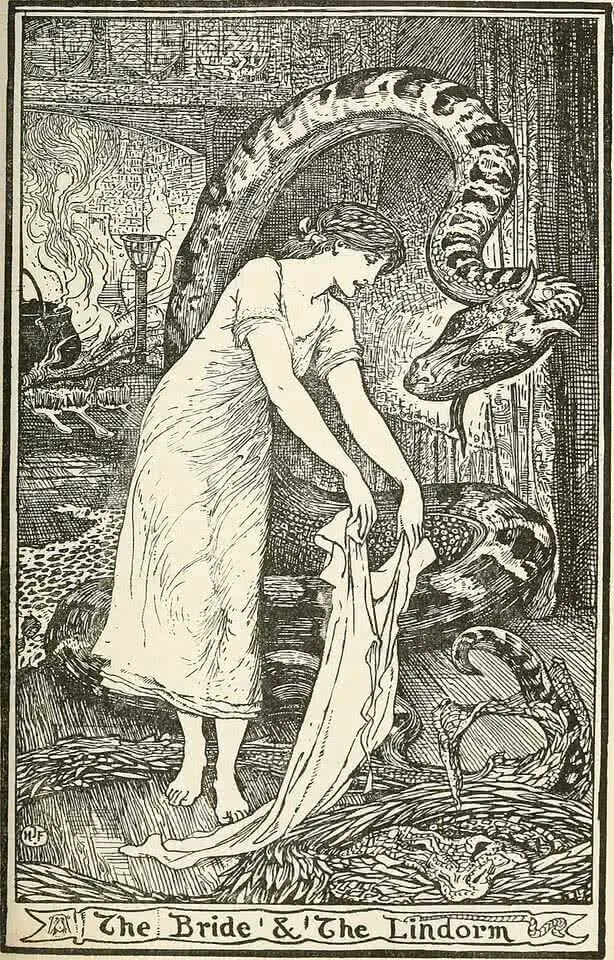
Quetzalcoatl
Not only were dragons part of legends and folktales, in some cultures, they were worshiped as important deities. Beginning in the 3rd century in Mesoamerica, a creature with dragon-like characteristics was honored and revered by the Aztec civilization. The creature’s name was Quetzalcóatl and it had dragon-like characteristics, sporting a bearded face, feathered headdress, and long body. Quetzal refers to the stunning and colorful quetzal bird found in South and Central America. Cóatl translates to “serpent” in the Aztec language. Together, the Quetzalcoatl is known as a feathered serpent, combining the characteristics of a bird and snake.
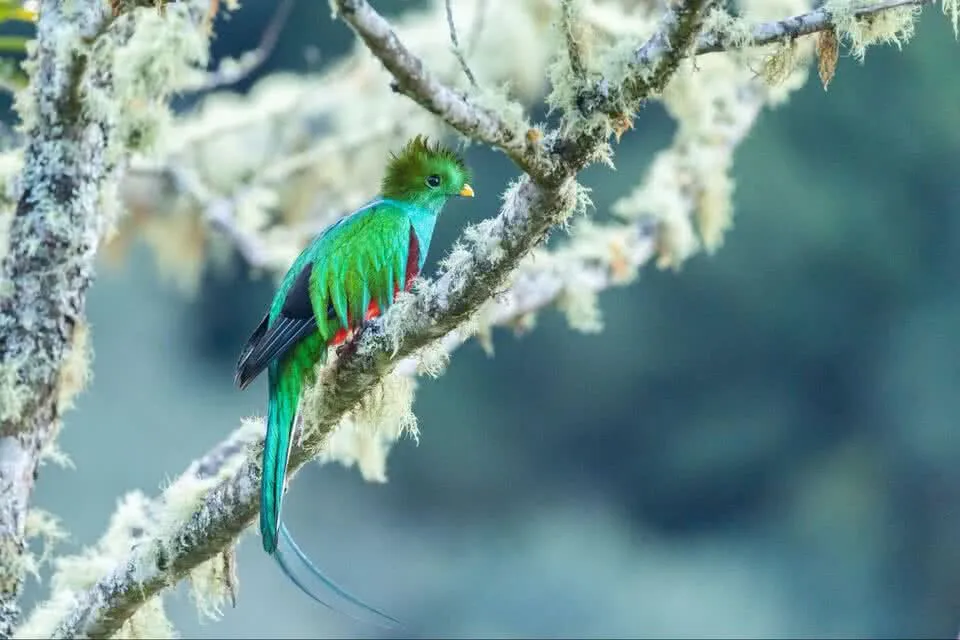
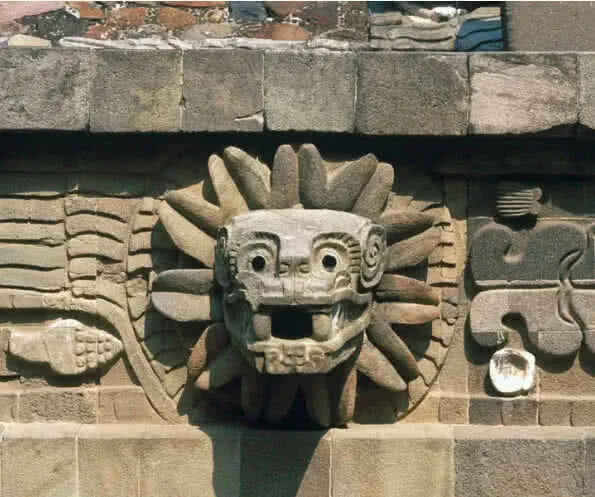
Tatzelwurm
You might also be interested to learn of the 17th century Tatzelworm, a folklore about a feline serpent dragon who roams the Alps with a cat upper body and lizard lower body. Tatzel means “paw” or “claw” in German, and wurm refers to worm. The deadly creature is venomous, can emit a foul odor, and has cat-like arms and claws. Stories with Tatzelwurm originated in the mountainous and rocky parts of the Alps and there are legends of it attacking livestock or unsuspecting travelers who encroach upon its territory. Some consider it a mythical creature born out of superstitions, while others claim to have even encountered the creature firsthand.
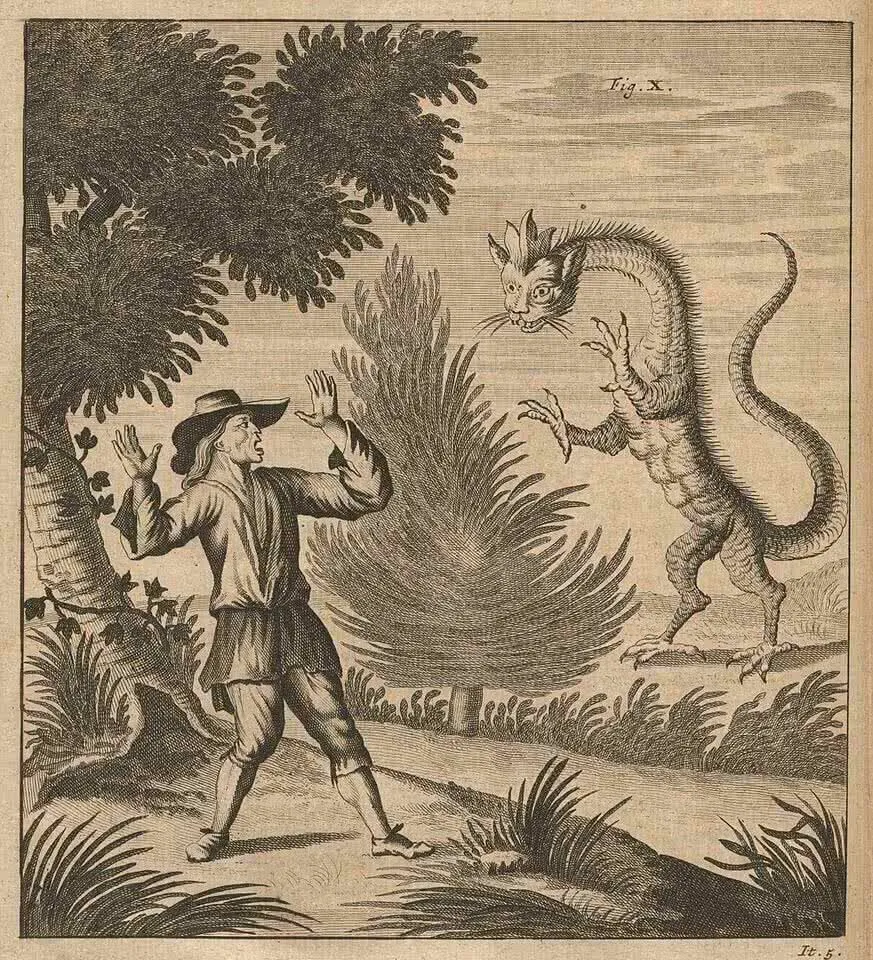
Chinese dragons
Chinese dragons are quite distinct from western dragons. With serpentine bodies and bearded faces, not only do they have the ability to fly while wingless, but they can also shapeshift into different forms — including humans. In Western tales like St. George and The Dragon of Wantley, dragons are often portrayed as menacing and fearsome, as they terrorize local villagers and fight brave knights. In contrast, Chinese dragons are portrayed as majestic and benign creatures, and are often associated with water and rain. They bring balance, virtue, and harmony to the natural world. According to legends, Chinese dragons represent power, good fortune, and wisdom, and their bodies are a composite of different animals.
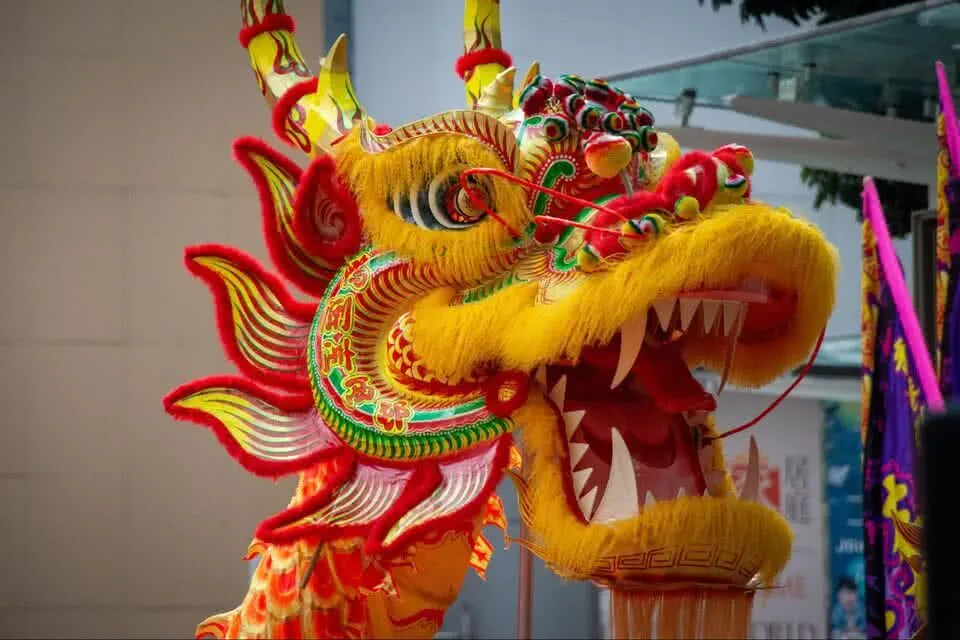
Conclusion
Dragons have been in stories for thousands of years, across all different cultures. They’ve been portrayed as important deities in ancient civilizations, fierce monsters in Western folklore, majestic creatures in Chinese mythology, and even amicable friends that can be ridden by humans in our modern day media culture. While dragons aren’t real, they bring so much mystery and intrigue to our natural world, and — let’s be honest — they’re an incredibly fun subject for making art!
You can find more information about dragons in this fascinating book by Dr Karl Shuker — make sure to check your local library!
Want to read this offline? Feel free to print this post for offline reading!